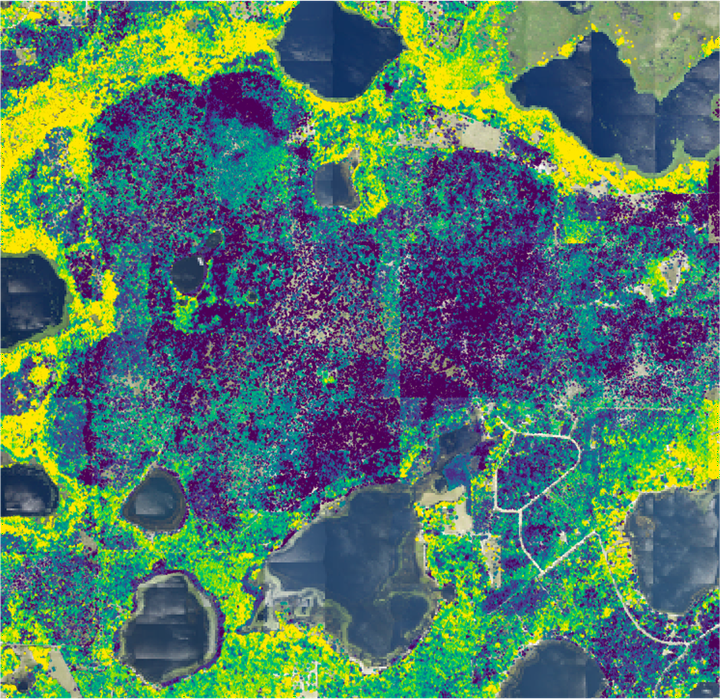Rethinking the fundamental unit of ecological remote sensing: Estimating individual level plant traits at scale

Abstract
Functional ecology has increasingly focused on describing ecological communities based on their traits (measurable features of individuals that affect their fitness and performance). Analyzing trait distributions within and among forests could significantly improve understanding of community composition and ecosystem function. Historically, data on trait distributions in ecosystems are generated by (1) collecting a few leaves from a small number of trees, which suffers from limited sampling but produces information at the fundamental ecological unit - the individual; or (2) using remote sensing images to infer traits, which produces information continuously across large regions, but as plots (containing dozens of trees of different species) or pixels, not individuals. Remote sensing based approaches that identify individual trees and estimate their traits would provide the benefits of both approaches, with continuous large scale data linked to biological individuals. We used data from the National Ecological Observatory Network (NEON) to develop a method to scale up functional traits measured on 160 trees to the millions of trees in the full spatial extent of NEON sites. There are three stages in the pipeline: 1) image segmentation methods to identify individual trees and estimate their crown geometry; 2). models to infer Leaf Mass Area (LMA), nitrogen, carbon, and phosphorus content based on hyperspectral signatures using an ensemble of Partial Least Squares Generalized Linear regressions (pls-GLR); and 3) making predictions from these models for segmented crowns scale for the full remote sensing footprint at two NEON sites.